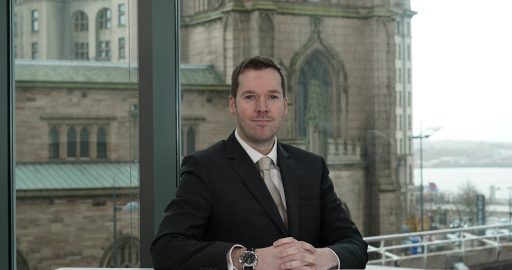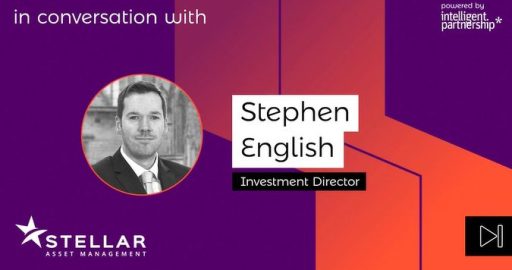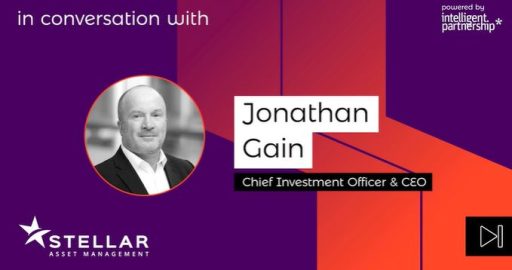
Grounded Opportunities – Asset-Backed updates
Over the past decade, the UK forestry market has demonstrated strong performance and attracted increasing levels of investment. A growing number of new investors are entering the market, driven by rising global demand for timber as a key component of sustainable construction. Despite subdued timber prices over the past year, the long-term fundamentals for the sector remain strong. Demand for timber in the UK… Read more Grounded Opportunities – Asset-Backed updates
18th September 2025





